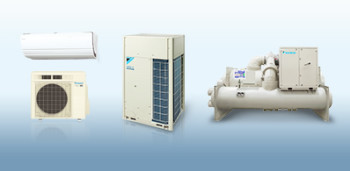Those that were in attendance at the White House Roundtable on HFCs included such participants such as; The President’s senior advisor, Brian Deese, and Deputy Assistant to the President for Energy and Climate Change Dan Utech facilitated the event. Notable government attendees included Energy Secretary Ernest Moniz, EPA Administrator Gina McCarthy and State Department Special Envoy for Climate Change Todd Stern.
In addition, 22 companies and organizations participated in the event, each speaking approximately 1.5 minutes, followed by a brief discussion among all participants.
“Today’s commitments and progress demonstrate that U.S. companies are at the cutting edge when it comes to developing the next generation of safe and cost-effective alternatives to HFCs and also incorporating these alternatives into American cars, air conditioners, refrigerators, foams, and other products. These announcements come from a diverse set of companies – including producers of the chemicals, manufacturers of equipment that use HFCs, and end-users”
One particularly significant announcement came from Administrator McCarthy who indicated that earlier that very morning (again, Oct. 15) she signed a proposed rule to extend the provisions of Sec. 608 of the Clean Air Act to HFCs.



